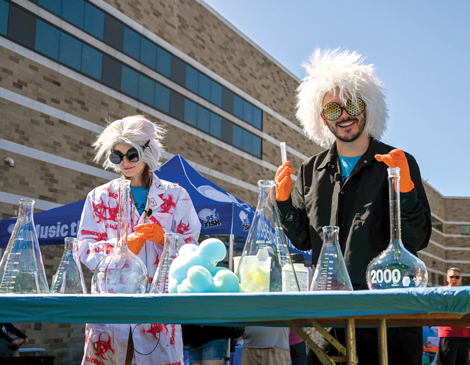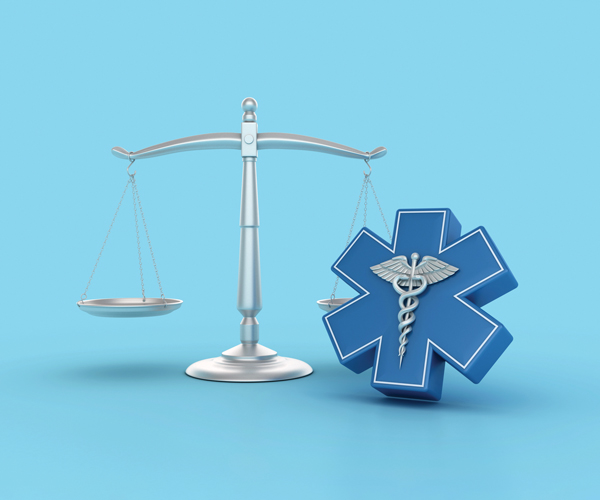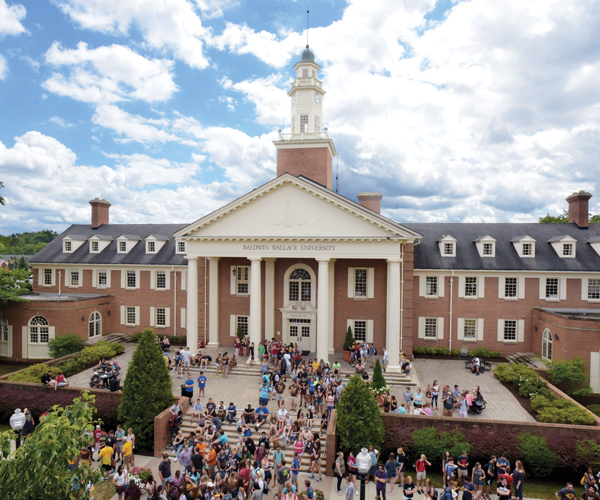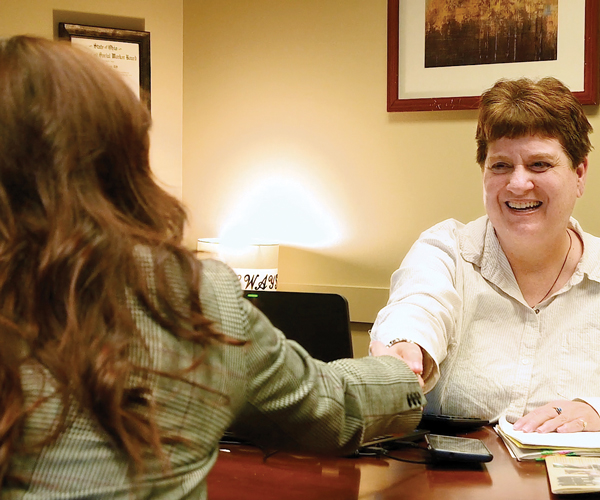Very few things in this world are as important as plentiful, clean water. The Northeast Ohio Regional Sewer District (NEORSD) treats almost 90 billion gallons of water every year. The Sewer District wants to show its customers and the public not only how it accomplishes that impressive task, but also how it helps residents do their part to ensure clean water for all of us.
NEORSD’s 2025 Clean Water Fest, held September 20 in Cuyahoga Heights, turns those goals into educational and fun opportunities for people of all ages and interests.
“When we first started doing this event, we had about 500 attendees and a couple booths,” says Jessica Shutty, NEORSD’s public information specialist. “Now we have an average attendance of about 2,000 people. We had a 2-week-old baby go on a wastewater treatment plant tour as well as a 98-year-old woman. We get what I respectfully call ‘science-driven folks’ to customers who want to learn how to help keep our lakes clean.”
Attendees won’t find vendors selling unrelated souvenirs at the Fest. Only nonprofits are allowed booths, manned with interactive representatives happy to discuss their organization and what they are doing to support clean water. Among those included: The Cleveland Museum of Natural History, Great Lakes Science Center Greater Cleveland Aquarium, Cleveland Metroparks and numerous community-based organizations and watershed groups.
Shutty says the Clean Water Fest is an excellent and effective way to show what NEORSD does, how it does it and why its work is so significant. The district consists of three wastewater treatment plants (Southerly, Easterly and Westerly), serving more than 1 million customers in 63 communities.
Representatives from all its departments will answer questions on topics including water treatment, combined sewer overflow control, regional stormwater management, environmental services/laboratory, engineering/construction, sewer maintenance and more.
In other words, attendees can learn more about NEORSD’s public notification system to let communities know of a possible sewer or storm water problem, as well as its monitoring of beach water quality at Edgewater and Villa Angela Beaches.
“At 6 a.m. we take samples of the water seven days a week,” says Shutty. “Most sewer districts in the country only do it three to five days a week. We are one of the few who does it every day.”
Attendees can also pick up ideas for what they can do at home to help ensure fewer toxins end up in our water sources. That includes: using safer household cleaners, washing cars on grass where more water can be absorbed instead of a non-permeable driveway and picking up after your dog. Information about cost savings programs is also available.
In addition to the wastewater treatment plant tours (the only time of year tours are not age-restrictive) and educational booths, Clean Water Fest will offer giveaways, games and kids’ activities, free popcorn and ice cream. (A commercial food truck will also be onsite.)
“We love it when, after a tour or visiting the Clean Water Fest, we hear people say, ‘We had no idea how much it takes to treat wastewater.’ And we also want people to understand about our rates. We aren’t like (other utilities) where you can choose another service if you want to. We want to explain what they are paying for and why. What better way to do that than at the Clean Water Fest?
“People don’t understand that we have this great lake. But we share it. It doesn’t go as far as people think. And they don’t always understand the magnitude of their actions.”




